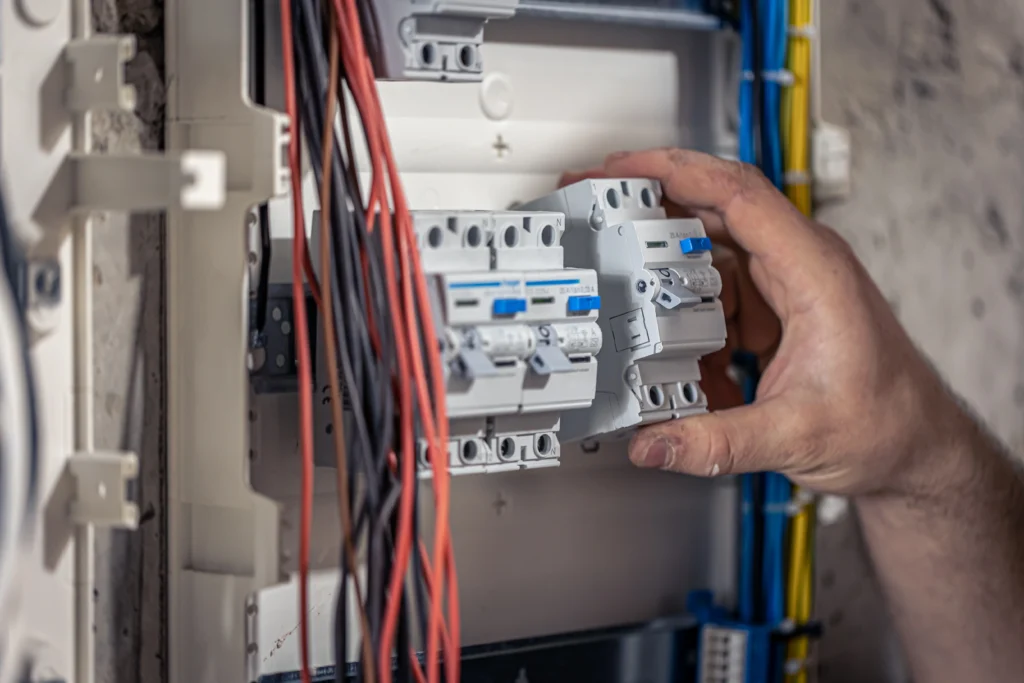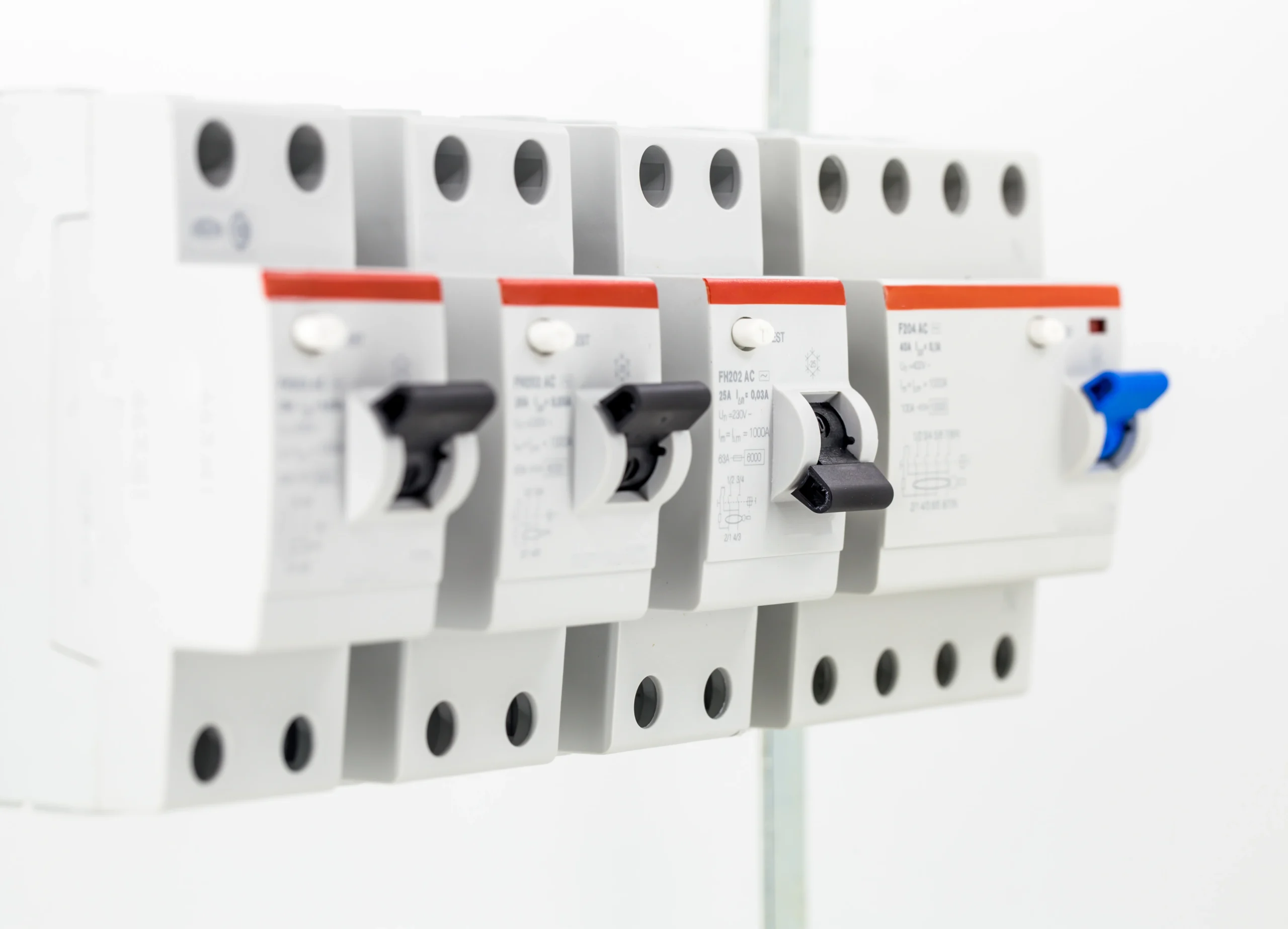What’s the Role of the Differential Circuit Breaker?
Protecting Your Home, Family, and Future from the Silent Threat of Electrical Faults
Have you ever experienced that sudden flicker of lights, a faint burning smell, or an appliance that randomly stops working? You might chalk it up to a power glitch. But what if it’s a silent warning of a deeper electrical problem? That subtle sign could be your only clue before something disastrous happens.
This is where the differential circuit breaker becomes your silent guardian. It’s not flashy, and it doesn’t make noise. But it’s one of the most crucial safety devices in your electrical system. Understanding how it works, why it matters, and how to maintain it is key to keeping your space safe.
Table of Contents
What Is a Differential Circuit Breaker?
Definition and Purpose
A differential circuit breaker is an electrical safety device that constantly monitors the current flowing through a circuit. It detects imbalances between the current entering and exiting the system. If even a small discrepancy is found, the breaker trips, instantly cutting off power.
Why does this matter? That imbalance often indicates that electricity is escaping somewhere it shouldn’t—like through a human body or leaking into your walls. The differential circuit breaker acts immediately, preventing shocks, fires, and costly damage.
How It Works Technically
The mechanism is surprisingly simple yet incredibly effective:
- It uses a toroidal transformer to monitor current.
- When everything is normal, incoming and outgoing currents are equal.
- If leakage occurs (e.g., through water, human contact, or faulty wiring), the imbalance triggers the breaker.
- The device shuts off power in less than 30 milliseconds.
This quick action is vital. It’s not just about convenience—it’s about saving lives.
Why Is the Differential Circuit Breaker Important?
Safety First: Protecting Lives
Your safety, and that of your family or co-workers, depends heavily on your electrical system. Here’s how differential circuit breakers protect you:
- Avoid Electrocution: Stops current before it can seriously harm someone.
- Ideal for Wet Areas: Bathrooms and kitchens are high-risk zones. A breaker here can prevent deadly shocks.
- Protects Pets and Children: Curious hands and paws are safer with electrical leakage detection.
Property Protection
Beyond personal safety, consider the structure itself. Faulty currents can ignite fires within walls. The breaker detects these faults before visible signs emerge, giving you peace of mind.
- Prevents Fires: By halting current before wires overheat.
- Stops Appliance Damage: Protects electronics from surges and imbalances.
Legal and Insurance Compliance
Modern regulations often require differential breakers in new buildings.
- Building Code Requirements: Especially in kitchens, bathrooms, and outdoor circuits.
- Insurance Coverage: Some policies may be void without updated protection.
Installing a differential breaker isn’t just smart—it could be required.

Main Applications of Differential Circuit Breakers
Residential Use
In your home, these devices are especially useful in:
- Bathrooms and Kitchens
- Laundry rooms (washing machines, dryers)
- Outdoor plugs and garden lighting
- Air conditioning systems
They act as silent protectors in areas where water and electricity often mix.
Industrial Use
If you manage a workshop or commercial space, differential breakers are even more essential:
- Protect staff from machine faults
- Reduce risk of downtime due to unnoticed faults
- Prevent loss of expensive equipment
Temporary and Outdoor Installations
Ever been to a festival or construction site? These places often use temporary electrical setups that are especially vulnerable.
- Construction sites: Mobile units protect workers.
- Events: Outdoor lighting and sound systems require protection from weather-related leaks.
Types of Differential Circuit Breakers
Based on Sensitivity
Sensitivity determines how much leakage current will trip the breaker:
- 30mA: Used for personal protection.
- 100mA to 300mA: Primarily for fire prevention, not shock.
Based on Technology
Different devices protect against different types of currents:
- Type AC: For standard appliances.
- Type A: Adds protection for pulsed DC (computers, TVs).
- Type B: For pure DC currents (electric vehicle chargers, solar panels).
Summary Table: Types and Applications
| Type | Sensitivity | Best Used For | Example Devices |
|---|---|---|---|
| Type AC | 30mA | Basic home circuits | Lights, fans, sockets |
| Type A | 30mA | Sensitive electronics | Computers, induction cooktops |
| Type B | 100mA+ | Special installations | EV chargers, solar inverters |
Signs Your Differential Circuit Breaker Needs Attention
You don’t need to be an electrician to spot when something’s off. Watch out for:
- Frequent Tripping: Indicates hidden issues
- Buzzing or Crackling Sounds: Never a good sign
- Burning Smell Near Panel: Act immediately
These signs often point to overloaded circuits, moisture intrusion, or failing appliances.
When to Call an Expert
While resetting the breaker might be tempting, call a pro if:
- The breaker keeps tripping with no clear cause
- You’re upgrading appliances or circuits
- It hasn’t been tested in over a year
Safety should never be left to guesswork.
Installation and Maintenance Tips
Best Practices
When installing or replacing a breaker:
- Hire a Licensed Electrician: Never DIY.
- Choose the Right Rating: Match the device to your circuit load.
- Ensure Compliance: Confirm it meets local codes.
Maintenance Checklist
Keep your breaker in top condition with this simple routine:
- Monthly Test: Use the « T » button to simulate a fault.
- Quarterly Inspection: Check for moisture, dust, and corrosion.
- Annual Service: Professional load testing and system evaluation.
FAQs About Differential Circuit Breakers
What does a differential circuit breaker do?
It cuts power when it detects current leakage, preventing electrocution and fire.
Are differential circuit breakers and RCDs the same?
Yes. RCD (Residual Current Device) is another name used, especially in Europe.
Can I install one myself?
For safety and legality, it should always be installed by a qualified electrician.
Why does it trip when I plug in my washing machine?
There may be a small ground fault or water leakage inside the machine.
Should every circuit in my home have one?
Not necessarily, but wet areas and outdoor circuits absolutely should.
Conclusion: Your Silent Guardian
Electrical faults rarely announce themselves. They sneak in through worn cables, leaky appliances, or overloaded sockets. But you don’t have to live in fear of the invisible.
By installing and maintaining a differential circuit breaker, you’re not just protecting your house. You’re defending everything and everyone that makes it a home. It’s a small investment with life-saving potential.
Take control of your electrical safety today. Talk to a professional, evaluate your circuits, and if needed, install this unsung hero. You deserve the peace of mind.

